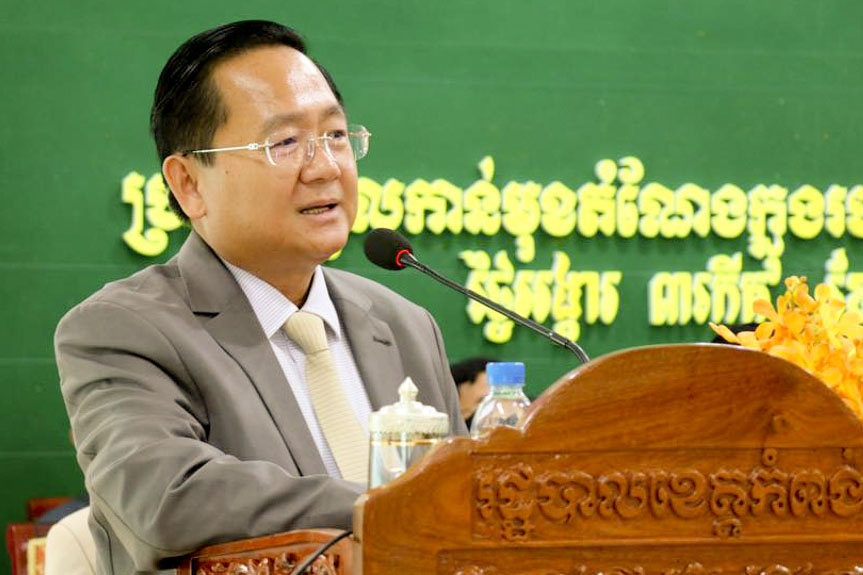
Cambodian Government Greenlights Innovative Water Security Platform
Success of locally-controlled committee could affect how other regions combat looming water security challenges.
Cambodia faces increasing threats to its water security due to climate variability, deforestation, and industrial and agricultural pollution. Other challenges include lack of access to drinking water and sanitation, as well as the operation and maintenance of irrigation for farming. In response, the USAID-funded Sustainable Water Partnership has embarked on a four-year, cross-sectoral effort to enhance water security in one area of the country.
The sustainability of the SWP Cambodia Activity rests on empowering local communities and provincial authorities to trust each other, work together and lead their own efforts to improve water security. That work reached an important milestone in early April when the Cambodian government conferred legal status on a stakeholder-driven committee, facilitated by SWP, to manage water resources in the Stung Chinit Watershed. In this area, the effects of deforestation and mining along the Stung Chinit River are being felt by communities downstream.
“This platform is very important for the project, and also for the local community, because they can address water security issues and expect the issues to be mitigated,” said Bunnara Min, team leader for SWP Cambodia.

The legal authorization for the Stung Chinit River Basin Management Committee was signed by H.E. Sok Lou, the governor of Kampong Thom Province, which encompasses the Stung Chinit Watershed. Lou will also head the committee, which includes government officials from the provincial to the local level, as well as citizen representatives of small-scale forestry, farming and fishing groups.
SWP will provide training to the committee members on integrated water resource management and water security. The training will communicate the concepts of river basin management and provide guidance on how to coordinate between competing water user groups to address mutually agreed-upon water security issues. SWP and partners such as the Stockholm Environment Institute will also provide technological tools to create data-driven models of the watershed and plan for the future.
The next important step comes April 30, when the committee meets to begin work on an action plan to address water security in the watershed. This multi-month process will start with gathering information on conditions in the region to inform the committee’s approach to combating water insecurity.
To date, SWP has conducted studies and assessments including an initial basin water balance study, a water quality investigation, a household water survey, a biodiversity assessment, an irrigation infrastructure and management review, institutional assessment, and a stakeholder analysis.
This information will serve as the foundation of the committee’s work in identifying key water security risks in Stung Chinit and determining actions to address them. The committee members will also receive training in how to draft and submit funding proposals from other entities once SWP’s involvement ends. Ultimately, the goal is for this new committee to become a sustainable force for water security improvement in the region. The committee could serve as the prototype for communities in other watersheds facing water insecurity in Cambodia.
“We want the committee to own the process,” Min said. “When they have their action plan, they should be able to implement it and connect with donors to support implementation.”
Related Projects

